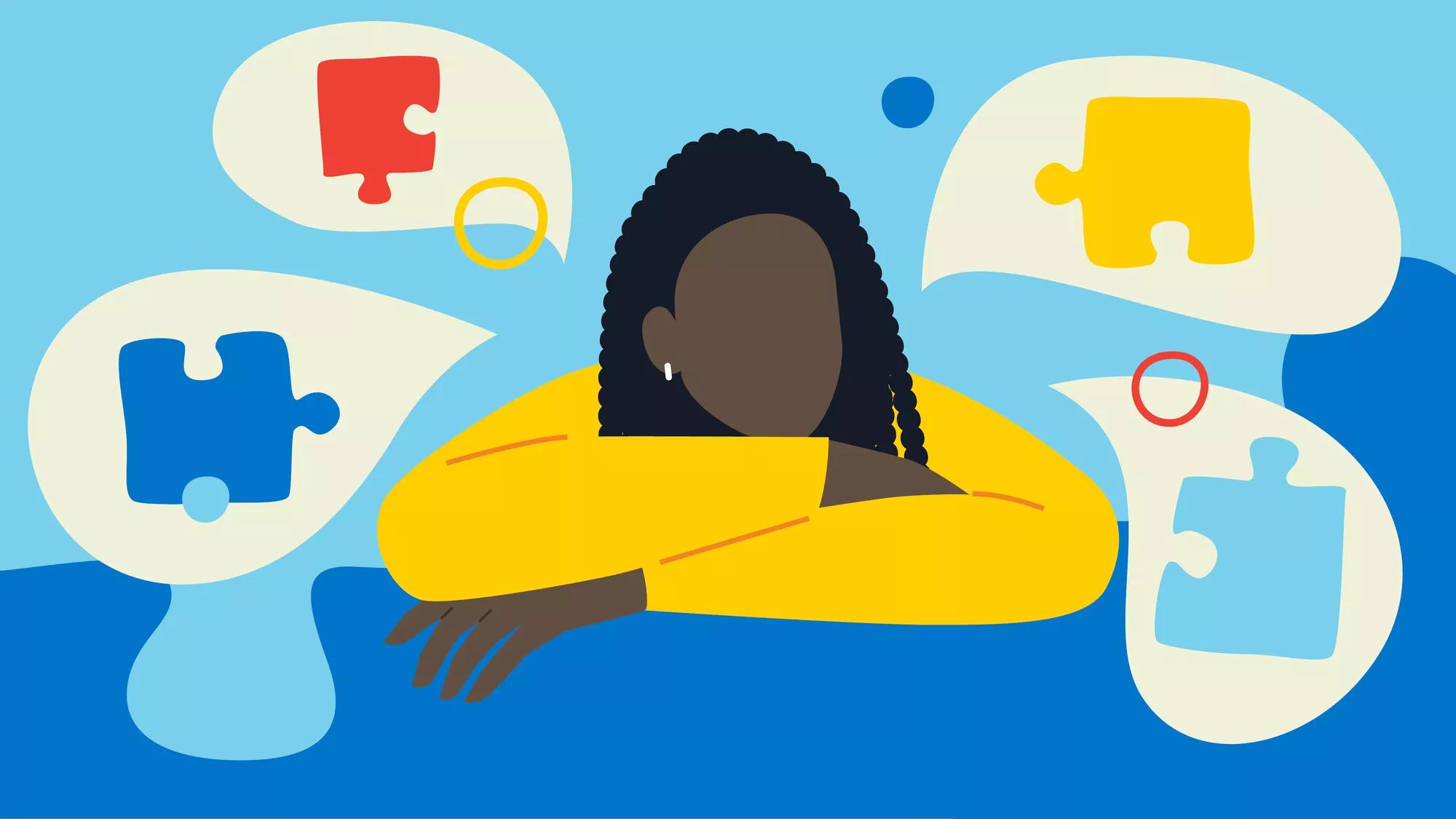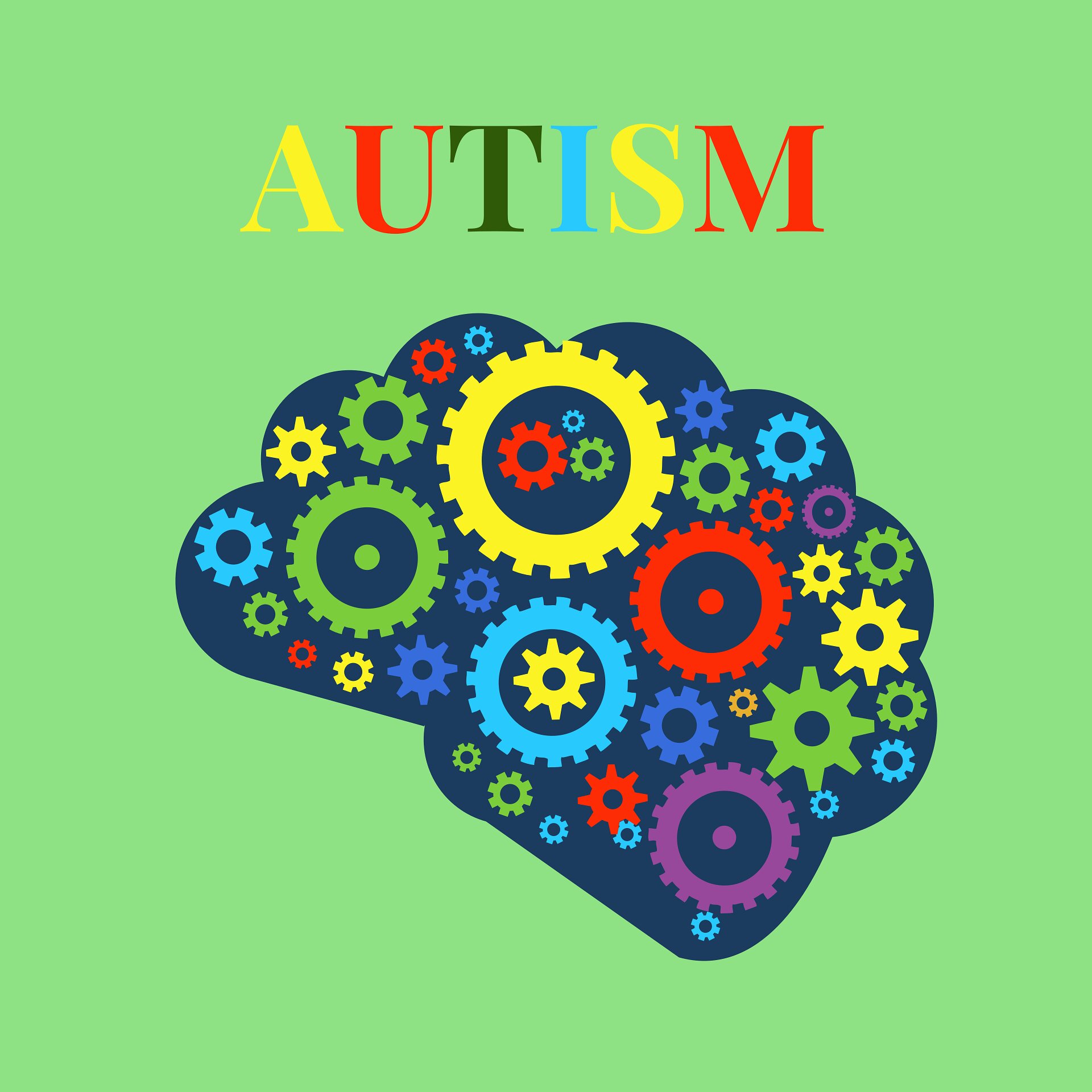Discovering Autism: Approaches for Reliable Interaction and Communication
Efficient interaction and interaction with people on the autism range necessitate a thorough understanding of their distinct demands and preferences. The details of these techniques reveal additional considerations that merit expedition, particularly in just how they can be adapted to varied contexts and individual experiences.
Understanding Autism Range Disorder
Autism Spectrum Problem (ASD) encompasses a variety of neurodevelopmental problems defined by obstacles in social interaction, communication, and recurring behaviors. The term "spectrum" mirrors the diverse symptoms and differing levels of severity experienced by people with ASD. While some might exhibit considerable impairments, others may show high-functioning attributes, enabling higher freedom in life.
The onset of ASD normally occurs in early youth, with indications usually recognizable by age two. Early signs might consist of postponed speech development, limited eye get in touch with, and problems in recognizing social signs. The precise etiology of ASD continues to be vague, study recommends a mix of environmental and genetic elements plays an important function in its advancement.
Individuals with ASD typically possess distinct strengths, such as heightened attention to information and exceptional memory abilities. They may struggle with recognizing abstract principles and taking care of modifications to routine - autism. Because of this, treatments and assistance tailored to individual demands are crucial for cultivating communication and social skills. Identifying the intricacy of ASD is important for promoting recognition, acceptance, and effective approaches that assist in significant communications with people on the spectrum.

Value of Clear Interaction
Efficient communication is vital for cultivating understanding and link, especially for individuals with Autism Range Condition (ASD) Clear communication not only promotes social communications however also boosts the person's ability to express their demands, emotions, and thoughts. For people with ASD, the nuances of language can often be testing; for that reason, using uncomplicated and unambiguous language is essential.
In addition, clear communication helps in reducing frustration and stress and anxiety that may develop from misunderstandings. When messages are shared in a direct and regular manner, individuals with ASD are much better geared up to analyze information precisely, which can significantly improve their social involvement and participation in numerous settings.
Developing routines and utilizing aesthetic supports can even more strengthen clear communication. These methods provide individuals with foreseeable structures that aid comprehension and retention of details. Additionally, actively paying attention and being patient during communications advertises a supportive environment where people with ASD really feel valued and recognized.
Ultimately, prioritizing clear interaction not just encourages individuals with ASD but likewise promotes even more purposeful links with their peers, caregivers, and the larger neighborhood, leading the way for collaborative relationships and inclusive interactions. - autism
Non-Verbal Communication Methods
Communication prolongs beyond words, and for individuals with Autism Spectrum Condition (ASD), non-verbal hints play a considerable function in communications. Non-verbal interaction methods can consist of facial expressions, gestures, body language, and eye contact, all of which act as vital components for conveying emotions and objectives.
Understanding and interpreting these non-verbal signals can enhance communications with people with ASD. For circumstances, a cozy smile or open position can produce a welcoming atmosphere, urging involvement. Similarly, using aesthetic help-- such as photo cards or symbols-- can link interaction gaps important link and help share messages a lot more successfully.
It is also important to be mindful of individual room, as individuals with ASD might have different comfort levels regarding distance. Observing their responses to physical closeness can inform ideal modifications.

Producing Supportive Settings
Producing a helpful environment is critical for promoting positive communications and improving the well-being of people with Autism Spectrum Problem (ASD) Such atmospheres can significantly lower stress and anxiety and create a feeling of safety, permitting individuals to share themselves a lot more freely.
To accomplish this, it is vital to take into consideration sensory sensitivities that people with ASD may experience. Changing the physical area to consist of soft lighting, marginal background sound, and comfy seating can develop a calming ambience. Additionally, utilizing consistent routines and clear aesthetic schedules can assist individuals expect changes and reduce unpredictability, more promoting comfort.
Social rooms ought to be structured to decrease overwhelming stimuli while giving opportunities for interaction in recommended activities. Assisting in locations designated for quiet time can likewise work as a refuge during moments of stress and anxiety. Importantly, integrating components of selection empowers individuals, enabling them to work out firm in their environment.

Motivating Social Communications
Promoting social interactions among individuals with Autism Spectrum Problem (ASD) calls for intentional strategies that prioritize convenience and engagement. Developing foreseeable routines can aid decrease anxiousness, making social settings a lot more friendly. Creating structured settings with defined functions and duties permits individuals to engage without the frustrating stress of unstructured social dynamics.
Integrating passions and strengths into social tasks can act as a catalyst for interaction. For instance, arranging team activities around more tips here shared pastimes or topics of attraction can facilitate natural conversations and connections. In addition, making use of aesthetic assistances, such as social scripts or pictorial routines, can help in comprehending social signs and assumptions.
Designing ideal social actions is essential - autism. Peers and adults must show efficient communication methods, including active listening and turn-taking. Role-playing situations can likewise offer a risk-free room for people to exercise these skills
Finally, promoting peer connections through inclusive practices is essential. Encouraging comprehensive playdates or team trips can produce opportunities for socialization in a comfy setup. By carrying out these caretakers, instructors and techniques can dramatically improve social interactions for people with ASD, promoting their overall social growth and wellness.
Verdict
Finally, effective interaction and interaction methods are important for sustaining individuals with Autism Range Disorder. Highlighting clear language, including non-verbal hints, and developing predictable regimens significantly improve involvement and decrease anxiousness. Creating helpful environments promotes secure social interactions, while motivating shared passions helps with significant links. Ultimately, these methods encourage individuals with autism to navigate social landscapes, promoting their total health and enabling the advancement of long-term relationships.
Efficient communication and interaction with individuals on the autism spectrum require a detailed understanding of their special demands and click reference choices. Clear interaction not just assists in social communications yet additionally improves the person's capability to reveal their emotions, demands, and ideas.Fostering social interactions amongst people with Autism Spectrum Disorder (ASD) requires intentional approaches that focus on convenience and interaction. By executing these approaches, teachers and caregivers can significantly boost social interactions for individuals with ASD, advertising their general social growth and wellness.
In conclusion, reliable interaction and interaction methods are vital for supporting people with Autism Spectrum Problem.